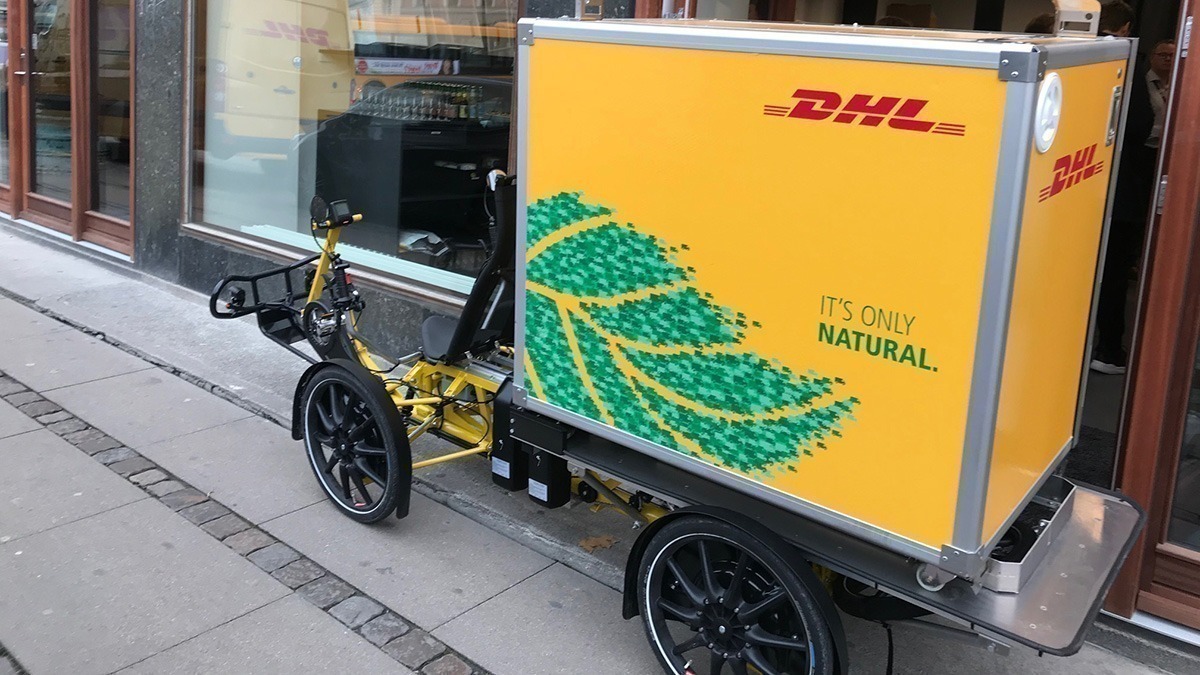Together in electric dreams – the future of e-planes
How soon can we expect to see commercial routes on electric planes? Our trend experts look at the not-so-distant future of e-planes together with emission-cutting initiatives for the present.

PHOTO BY: Shutterstock
PUBLISHED: 4/2/2020
Civil aviation is a large source of carbon emissions as more travellers take to the air, and until recently more environmentally friendly or green aviation technology has been slow to be developed by manufacturers and in-turn adopted by the industry.
The world’s first fully electric commercial aircraft
However, at the end of 2019, the world’s first fully electric commercial aircraft took flight in Canada, perhaps signifying the start of the electric age of aviation. The 15-minute test flight along the Fraser River near Vancouver Airport was conducted by Canadian airline Harbour Air and Australian engineering firm magniX.
The e-plane – a 62-year-old, six-passenger DHC-2 de Havilland Beaver seaplane – was retrofitted with a 750hp electric motor that will deliver significant cost savings for the airline and of course zero emissions. Harbour Air’s goal is to eventually electrify its entire fleet of 40 seaplanes.
Apart from the anticipated two-year certification process for the DHC-2 e-plane, existing battery power is also currently a limiting factor, as an aircraft like the one flown by Harbour Air on this test flight will fly only about 160km on lithium battery power. However, starting an e-plane aircraft design with a blank sheet of paper, rather than adapted an existing airframe, is expected to deliver further payload and range improvements.
Orders are in for Eviation’s Alice
At last year’s Paris Air Show, Israeli firm Eviation is doing just that, as it revealed its prototype e-plane – called Alice – which the manufacturer says will carry nine passengers for up to 1,040km. The unconventional-looking aircraft, which is using Siemens and magniX again to provide the electric motors, is powered by three rear-facing pusher-propellers, one in the tail and two counter-rotating props at the wingtips to counter the effects of drag.
The Israeli company has already received its first orders for Alice, with US regional airline Cape Air, which operates a fleet of 90 aircraft, agreeing to buy a "double-digit" number of the aircraft.
In the short-term, it seems that e-planes will be limited to a role providing only the shortest of short-haul flights with limited seat capacity. However, with two billion air tickets sold each year for flights under 800km, the business case for small electric passenger aircraft remains bright.
Airlines are reducing emissions, with or without electric
While the industry waits for battery technology to catch up, the International Civil Aviation Organisation (ICAO) is encouraging greater use of efficient biofuel engines, lighter aircraft materials and route optimisation.
Some airlines like low-cost carrier easyJet have made bold statements saying that it will start using electric aircraft on its short-haul flights such as London to Amsterdam – Europe's second busiest route – by 2027. "Electric flying is becoming a reality and we can now foresee a future that is not exclusively dependent on jet fuel," said easyJet CEO Johan Lundgren. In addition, the UK LCC has said it would become the first major airline to operate net-zero carbon flights across its entire network.
KLM is buying an undisclosed quantity of used cooking oil-based Sustainable Aviation Fuel (SAF) from Finnish company Neste, which will reduce CO2 emissions by up to 80% compared to fossil fuel kerosene, until a SAF production plant is built in the Netherlands in 2022.
From January 1, Air France plans to reduce its environmental impact by offsetting the emissions from its domestic network. Within 20 years, the airline wants to cut its CO2 emissions per passenger/kilometre by 50% when compared with 2005 levels. The SkyTeam carrier also announced a partnership with the Solar Impulse Foundation to seek out solutions to help make aviation more environmentally friendly.
As we mentioned in our last issue, Copenhagen’s biggest carrier SAS uses biofuel on its daily route to San Francisco and it also allows its passengers to pay for biofuel as part of all flight bookings. It has also introduced the first of eight A350-900s into its long-haul fleet, a new generation aircraft with some of the best emissions ratings in its class. The aircraft is currently deployed on its Chicago O’Hare route. The A350-900 is also used by Singapore Airlines on its daily service from Singapore.
Manufacturers building their own sustainability initiatives
Aircraft manufacturers are continuing to promote the use conventional aircraft until their hybrid or all-electric successors are born, but today’s aircraft rolling off the production line offer a greatly enhanced efficiency and better environmental credentials when compared to their direct predecessors. For example, the next generation of Airbus A320 and A321 aircraft – the neo or ‘new engine option’ – utilise more fuel-efficient engines which reduce fuel burn by at least 15%, in conjunction with weight savings across the airframe.
Set to fly in 2021, Rolls-Royce, Airbus and Siemens are working on the E-Fan X programme, which will have a two-megawatt electric motor mounted on a BAe 146. United Technologies, which includes engine-manufacturer Pratt & Whitney in its family, is working on its Project 804, a hybrid electric demonstrator designed to test a one-megawatt motor which should provide fuel savings of around 30%. Ready by 2022, it is planned to be used on regional airliners by the mid-2020s.
So, while aviation has a way to go in halting the growth of and then shrinking its carbon footprint, technology companies, new and existing manufacturers and airlines are working together with a range of sustainability initiatives to reduce the industry’s emissions.


